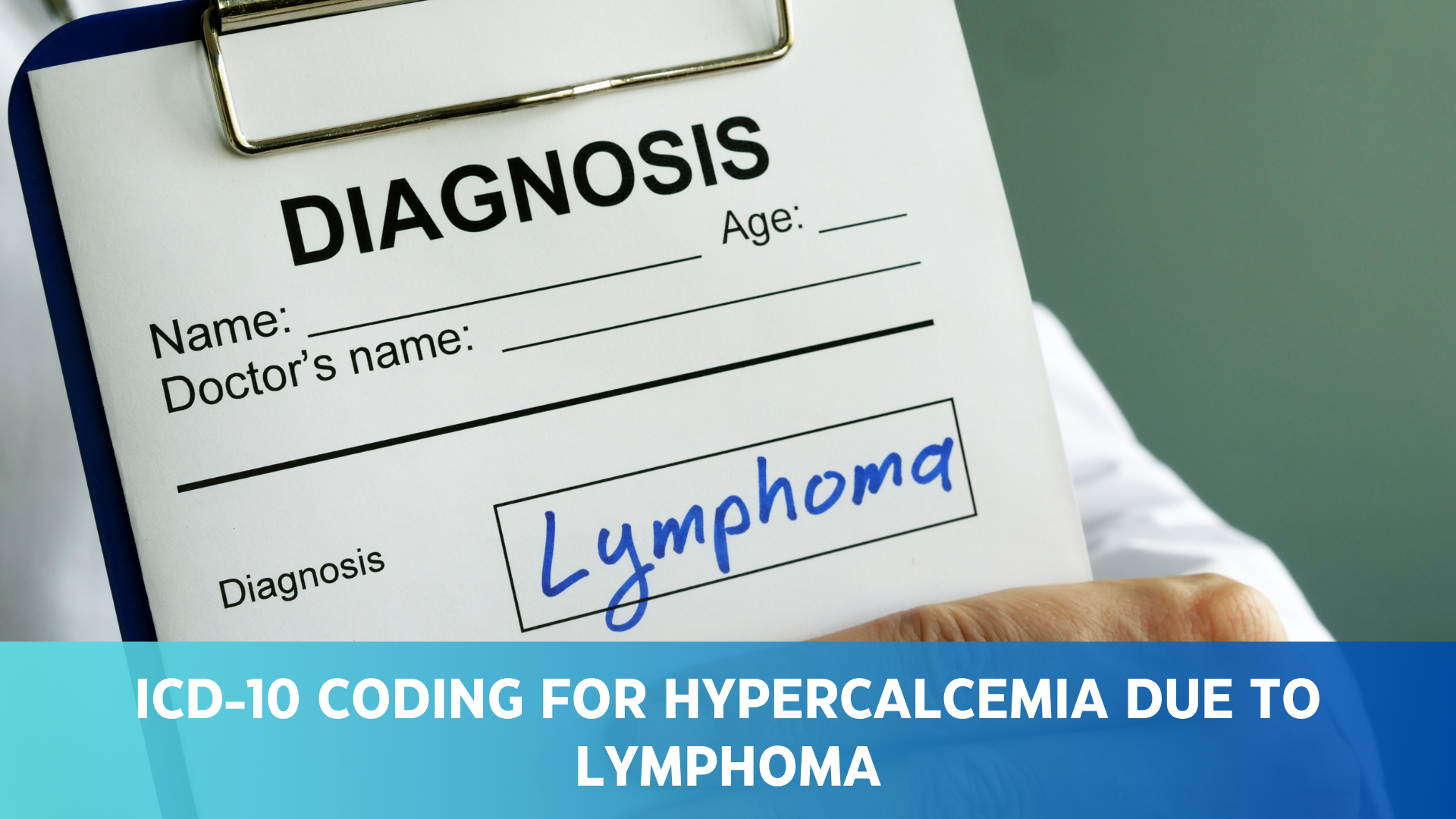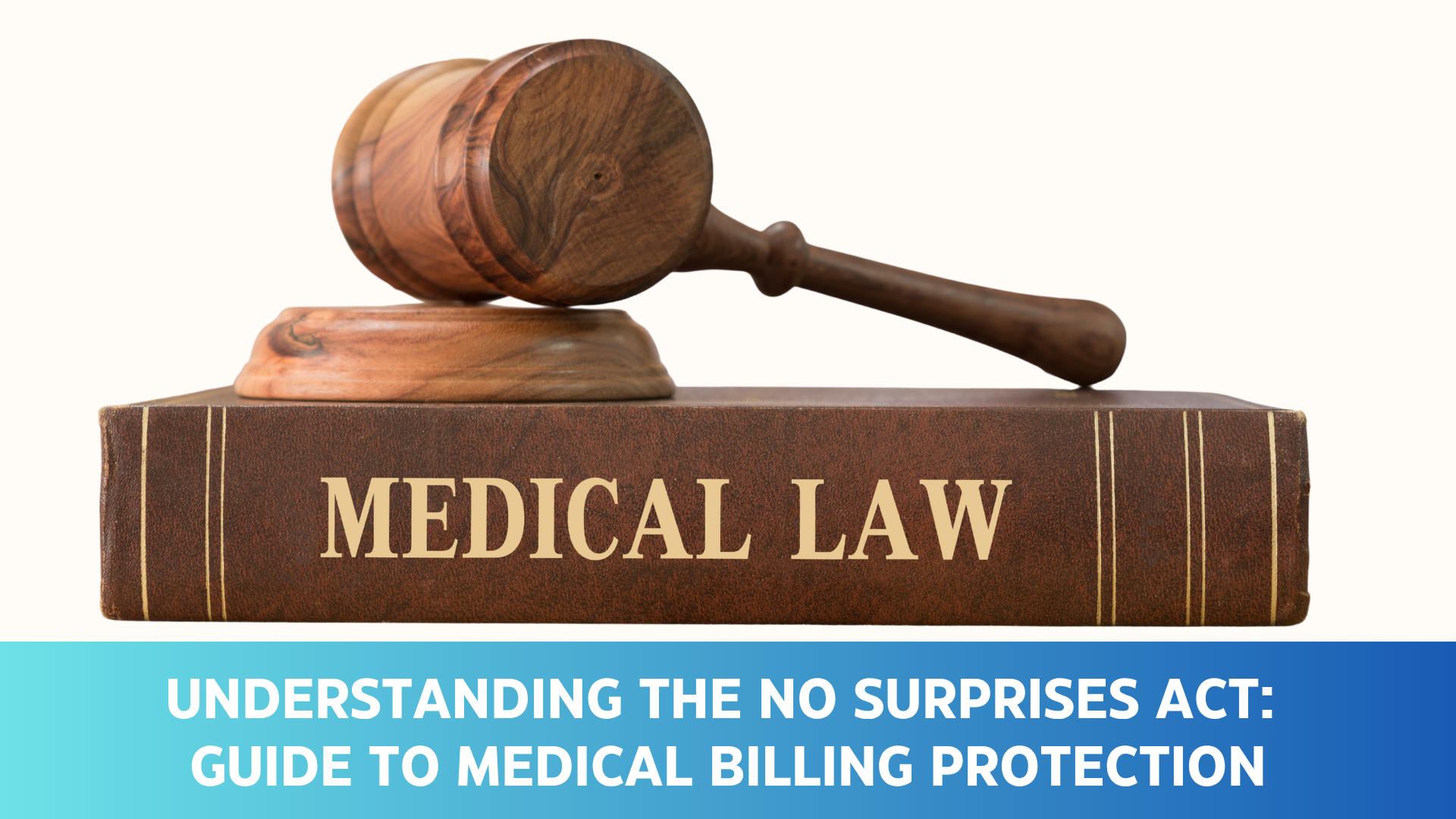F43.22 ICD-10: Billing Adjustment Disorder with Anxiety the Right Way
According to the National Institute of Mental Health (NIMH), nearly 19% of U.S. adults experience an anxiety disorder each year. Among these, adjustment disorder with anxiety is commonly diagnosed especially in trauma-informed behavioral care settings where patients are navigating intense life stressors.
While you may not always be coding for PTSD, encounters involving anxiety tied to events like divorce, job loss, or major transitions often call for the use of F43.22. Knowing when this code applies, how to document it accurately, and which CPT codes to pair with it is essential for clean claims and compliant care.
What You’ll Learn
- What F43.22 ICD-10 actually means and when to use it
- How it differs from PTSD and other anxiety-related codes
- What payers look for in documentation
- CPT coding alignment for clean trauma-related billing
- Common mistakes that lead to denials and how to avoid them
- How to streamline trauma mental health billing without losing revenue
What Is F43.22?
The ICD-10 code F43.22 represents Adjustment Disorder with Anxiety, a mental health condition triggered by a significant life stressor. These stressors may include events like job loss, divorce, a major move, or family disruption. Unlike chronic anxiety disorders, symptoms under this diagnosis are situational and time-limited.
This diagnosis is frequently used in trauma-informed behavioral care when patients show signs of worry, restlessness, or sleep disturbances but don’t meet the full criteria for PTSD or generalized anxiety disorder (GAD). According to diagnostic guidelines, symptoms must begin within three months of the identifiable stressor.
Why Accurate Coding Matters
Using the wrong diagnosis code or failing to document the stressor clearly can lead to denied claims, compliance issues, or delays in patient care. Accurate use of F43.22 ensures that:
- The diagnosis reflects the true clinical picture
- Services like CBT or medication management are appropriately reimbursed
- Documentation aligns with payer and audit expectations
- Long-term care planning is built on clear diagnostic records
Misusing F43.22 when PTSD or GAD criteria are actually met can flag your claims for review or even result in repayment demands.



